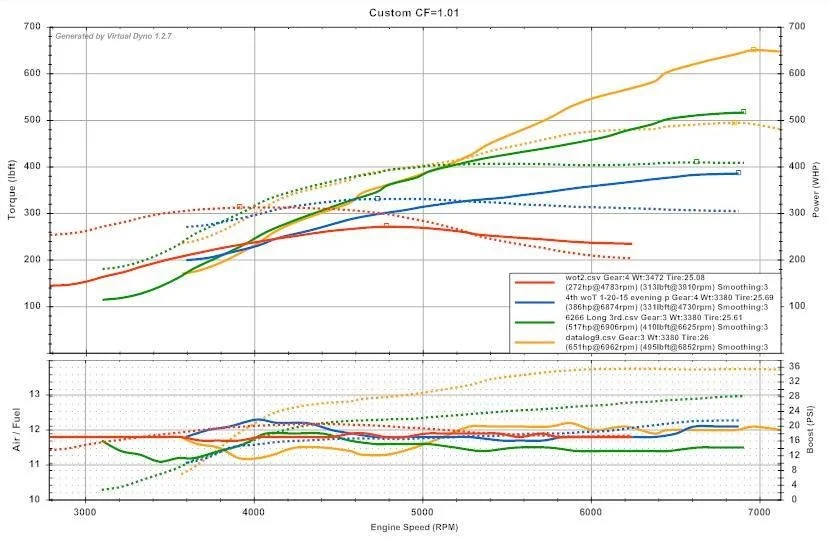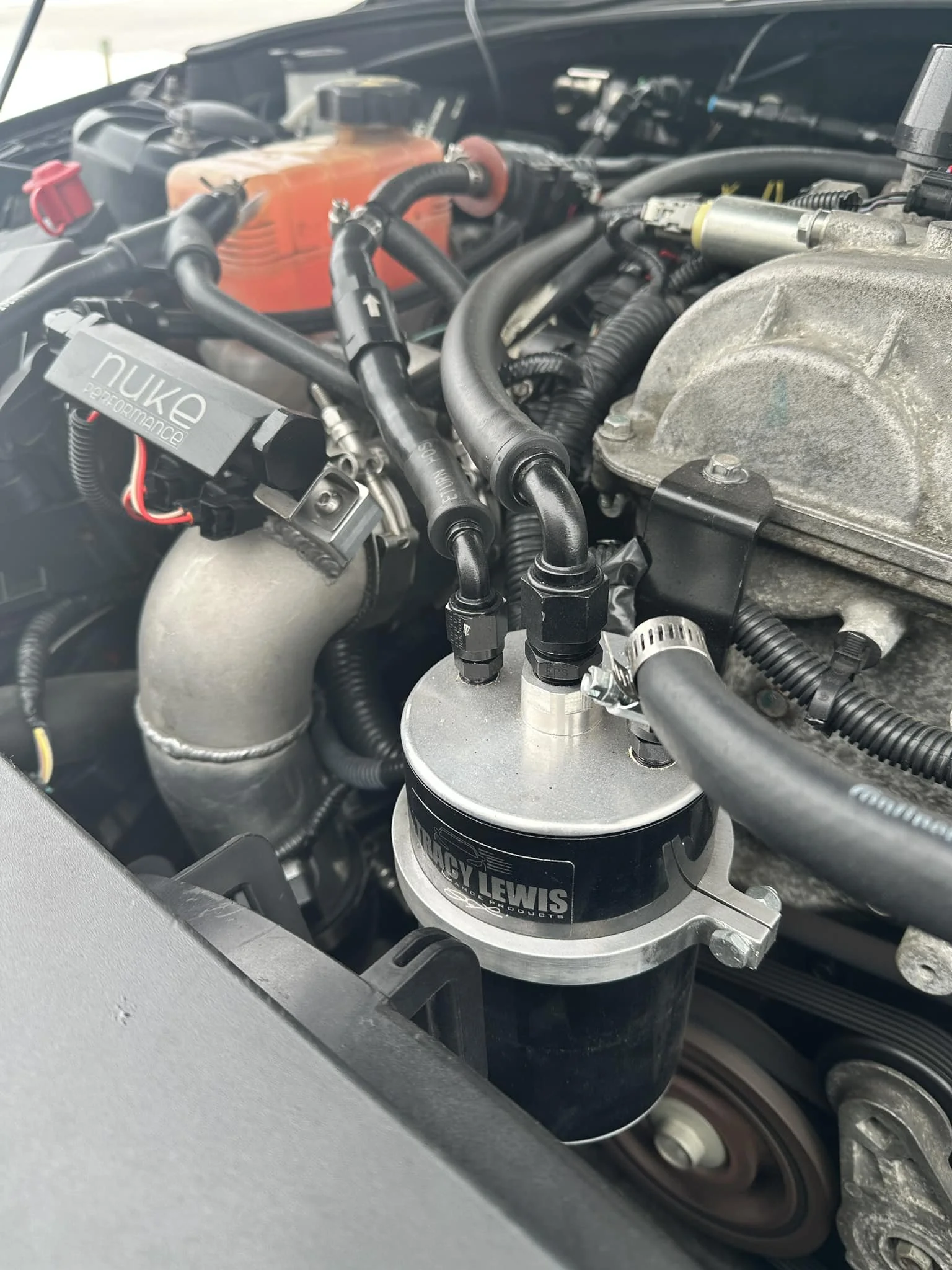
BDE Calibrations’ Cadillac ATS+4: The 11-Second Daily Driver That Could
BDE Calibrations’ 2014 Cadillac ATS+4 is the ultimate example of a reliable, daily-driven LTG build that still rips at the track. Forged internals, a ZZP Z54 turbo, E85 fueling with XDI injectors, and meticulous tuning deliver 11.77 @ 117 mph on the same tune used in Michigan winters. With 35,000 miles on the build (25,000 on injectors), it averages 21–22 mpg, needs minimal maintenance, and proves you can have both speed and reliability in one package.

Things to Consider Before Going Forged
Forging an LTG 2.0L isn’t just about stronger parts — it’s a complete process. Budget $8k–$15k, use a reputable machine shop, and upgrade rods, pistons, cams, valve springs, gaskets, timing components, and supporting mods. Follow precise assembly specs, match fueling to power goals, and don’t neglect supporting systems like catch cans, spark plug gaps, and proper boost control. The result? A safe, reliable 500+ hp-capable LTG.


Intakes
Cold air intakes come in three main flavors for the GM Alpha platform: open element (best for sound, worst for heat), sealed aftermarket (best for performance and cooler temps), and intake tube with stock airbox (budget-friendly and surprisingly effective). Consider tuning needs, heat soak potential, and whether you’re running a catch can before buying.

ZZPerformance’s Cadillac ATS & Camaro LTG 2.0 Upgrade Guide – From Maintenance to Maximum Power
Discover ZZPerformance’s proven upgrade path for the Cadillac ATS & Chevy Camaro LTG 2.0. Learn about the engine’s rod and piston limits, safe power levels, and the best mods for speed, handling, and reliability.

LTG Power Upgrade Paths
The LTG platform is on the edge of a tuning and hardware breakthrough. After years of trial, four turbo/fueling setups make the most sense:
Stock turbo, stock fueling
Big turbo, stock fueling
Big turbo, aux fueling
Built motor, big turbo, aux fueling

Fueling The LTG
The GM LTG 2.0L’s direct injection (DI) fuel system is efficient but limited, especially at higher RPM and power levels. Stock DI components can only support ~450whp on E85 or ~640whp on 93 octane. Port injection (PI) offers unlimited fueling potential and cleaner intake valves but less combustion efficiency. The optimal high-power setup is dual injection (DI + PI) — combining DI’s efficiency and cooling with PI’s unlimited fueling window. Auxiliary fueling strategies, like meth injection or secondary PI injectors, reduce DI load by adjusting the airflow model so the PCM requests less DI fuel. PI injectors provide greater precision and scalability than meth, making them the preferred choice for builds exceeding ~400whp. Done right, dual fueling unlocks “endless power potential and endless fun” for LTG owners.

LTG LPFP Upgrade - Before you Start
GM Alpha platform fuel systems come in two configurations: Config 1 (simpler siphon feed) and Config 2 (venturi-assisted high flow). When upgrading from Config 1, you must replace the pump, lineset, and auxiliary sender to match, or risk fuel starvation and heat issues. Bigger isn’t always better—pick the pump that matches your power goals.

Basic Maintenence
The LTG turbo engine is prone to LSPI (low-speed pre-ignition), cracked pistons/ringlands, and carbon buildup. To reduce risk and improve reliability: Oil, Catch Can, Spark Plugs, MAF/Air Filter Maintenance, Hose Inspection, Driving Habits and Induction Cleaning
Preventive maintenance, smart driving, and proper tuning go a long way in keeping the LTG alive and healthy.

Speed Density - Blowthrough MAF
Switching the LTG platform to Speed Density tuning eliminates MAF scaling limitations, improves drivability, and makes it easier to adapt for bigger hardware upgrades. You’ll need to disable the MAF, tune the VVE tables, and apply HP Tuners’ cruise control patch for full functionality.
Learn Your LTG - Turbo System
A deep dive into the LTG turbo system—dual-scroll design, wastegate control, bypass valve function, intercooling, common failures, and upgrade tips
Learn about your LTG - Fuel System
A complete guide to the LTG’s high-pressure direct-injection fuel system — how it works, how to maintain it, and what to upgrade for E85 or high-boost builds.
Learn About your LTG - Ignition
A deep dive into the LTG’s ignition system — from crank sensors to coil-on-plug spark delivery — and how precise timing maximizes power, efficiency, and reliability.
Learn about your LTG - Evap System
A complete look at the LTG’s EVAP system — from vapor capture to purge cycles — and how it’s adapted for turbocharged applications.